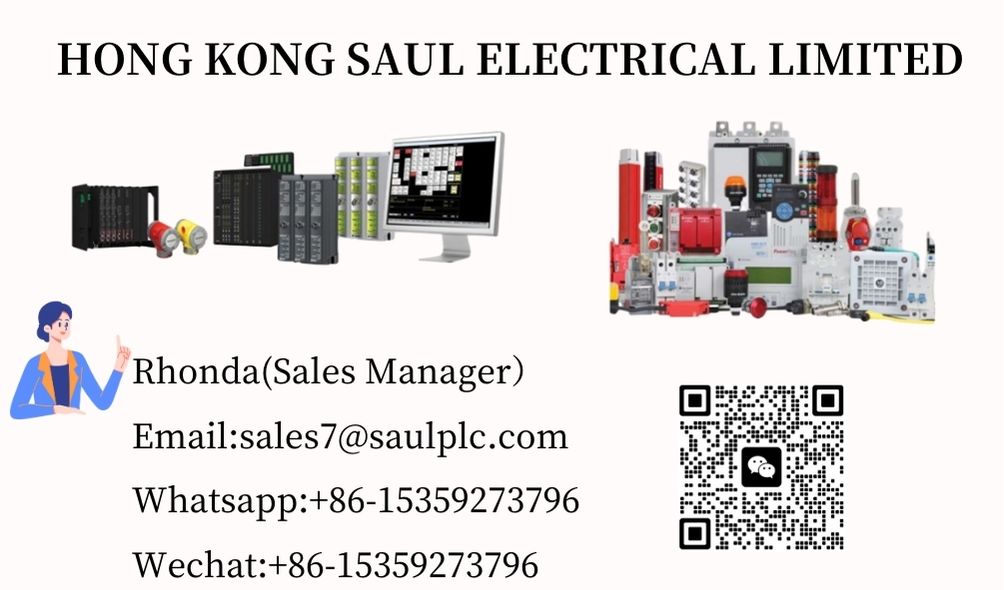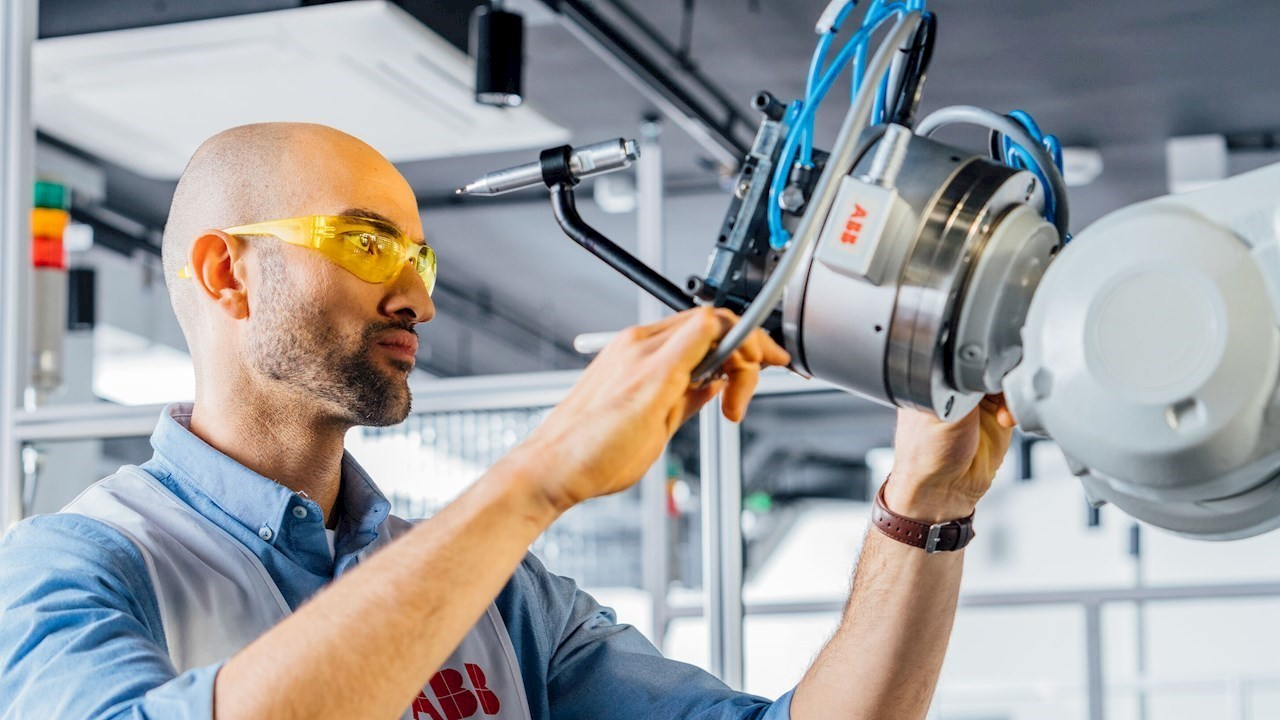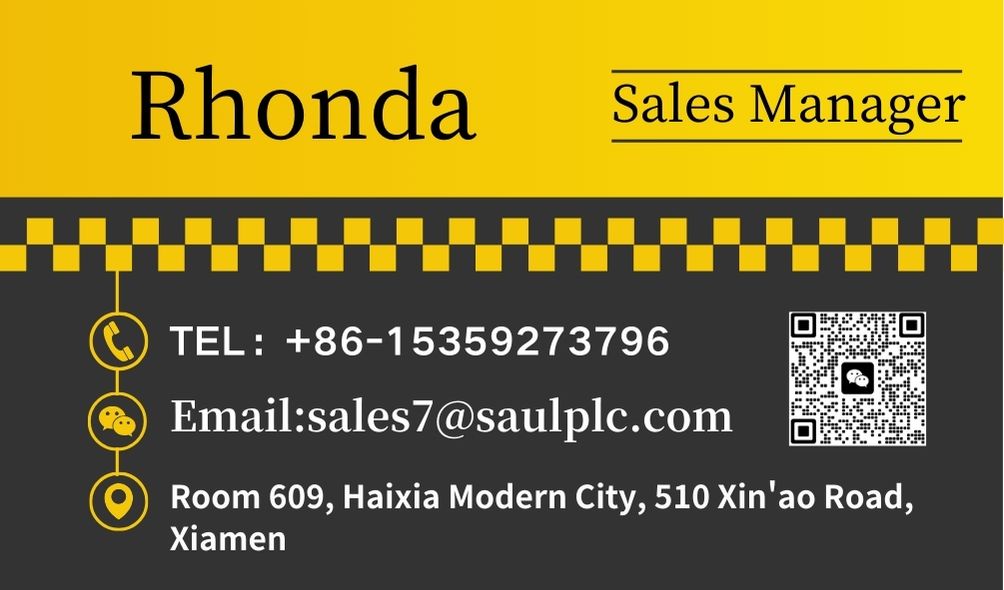At what stage have humanoid robots developed?
In recent years, humanoid robots, as outstanding representatives of artificial intelligence technology in the physical world, are gradually demonstrating their enormous potential and value. With the rapid development of general large-scale models, humanoid robots have gained unprecedented generalization ability, pushing the entire industry into the initial stage of commercialization. The vast prospects in this field have attracted the attention of many tech giants, including Tesla, OpenAI, Nvidia, Samsung, and others, who are all laying out their plans to take a leading position in this emerging market.
Taking Tesla as an example, its founder Musk proposed the concept machine of humanoid robots – Tesla Bot – in 2021, and then launched the prototype Optimus in 2022. In December 2023, Tesla launched an upgraded version of the Optimus Gen2, which achieved significant improvements in perception, brain processing, and motion control capabilities compared to the previous generation. With the gradual implementation of Tesla Optimus, the industry generally predicts that 2025 will mark the arrival of the era of mass production of humanoid robots. Its application scenarios will also go through three stages: initial application in automobile factories, comprehensive penetration into the manufacturing industry, and finally entering thousands of households after maturity.
According to calculations by AVIC Securities, the global demand for humanoid robots is expected to reach 2 million units by 2030, with a corresponding market space exceeding 570 billion yuan. This huge market potential undoubtedly paints an exciting blueprint for the future development of humanoid robots. So, what is the development of humanoid robots today?
Continuous capital injection
Since 2022, the humanoid robot industry has had frequent financing activities, with a total of 42 financing transactions and a total financing amount of nearly 9 billion yuan, with an average financing amount exceeding 100 million yuan per transaction. Entering 2023, the investment heat has significantly increased, with a surge of 23 investment events and financing amounts exceeding 5 billion yuan throughout the year. In the first two months of 2024, the average single financing amount has exceeded 200 million yuan, doubling compared to 2022, demonstrating the strong confidence of capital in the future development prospects of the humanoid robot industry.
Specifically, from January to February 2024, there were 10 investments in the humanoid robot industry, with a disclosed financing amount of approximately 2.32 billion yuan. Among them, Yushu Technology received a capital injection of up to 1 billion yuan in the B+round financing, while Galaxy General Robot received an investment of 700 million yuan, setting a record for the highest angel round financing in 2024. These financing performances fully demonstrate the sustained optimism of capital towards the humanoid robot industry and inject strong momentum into its future development.
According to statistics from the International Federation of Robotics (IFR), China’s industrial robot sales accounted for 52.5% of the global market in 2023, marking China as the world’s largest market for robot applications. At present, China’s robotics industry is in a stage of rapid development, and the intelligence process of downstream application industries such as industrial manufacturing and retail consumption in China is also accelerating. As the carrier of high-precision and cutting-edge technology, humanoid robots will be able to undertake more flexible operations in the future with the improvement of technological maturity and the decrease of costs, thus having enormous market potential.
From a macro perspective, the continuous introduction of favorable policies and the rapid development of large-scale modeling technology are driving the rapid growth of the domestic humanoid robot industry. At present, humanoid robot manufacturers have begun small-scale commercial deliveries. According to research data from EO Think Tank, it is expected that the shipment of humanoid robots will reach around 2000 units by 2024. Overall, there are many favorable factors in the market, and the entire industry is in the initial stage of development, which will continue to release huge potential in the future.
What key components are worth paying attention to?
The composition of humanoid robots can be roughly divided into execution system, perception system, and control system.
In the execution system, the implementation of flexible joints relies on key components such as screws, motors, and reducers, which together determine the flexibility of the motion of humanoid robots. Tesla’s Optimus robot joint consists of 40 actuators, with the total cost of rotary joints, linear joints, and dexterous hands accounting for over 50%, highlighting the importance of cost reduction. In this context, the domestic industrial chain has shown significant advantages. Specifically:
As the core component of linear joints, lead screws are mainly divided into trapezoidal lead screws and roller lead screws, and their machining processes include turning, milling, and grinding. Grinding machines play an important role in both rough and precision machining processes. At present, the cost proportion of screw is as high as 23.4%, so the demand for cost reduction is particularly urgent.
In terms of motors, frameless torque motors are widely used in rotary joints and linear joints, while hollow cup motors or brushless cogged motors are used in dexterous hands. The total cost of motors accounts for about 8.9%, making it another important source of cost in the execution system.
Reducer is mainly used for rotating joints, among which harmonic reducer is currently the mainstream solution, while planetary reducer is suitable for joints with lower precision requirements. At present, the cost of reducers accounts for approximately 4.1%.
The perception system is the medium through which humanoid robots interact with the environment, relying on the comprehensive empowerment of multiple sensors. Sensors can convert the physical quantities perceived by robots in internal and external environments into electrical output, and are divided into internal sensors and external sensors. The core sensors of humanoid robots include torque sensors, visual sensors, and tactile sensors, which together form the foundation of the robot’s perception system. Currently, the cost of sensors accounts for approximately 24.7%. Specifically:
Torque sensors are applied to rotary joints and linear joints, while six dimensional torque sensors can be used on the wrist and ankle to increase flexibility control capability. However, the cost and manufacturing difficulty of six dimensional force/torque sensors are much higher than those of single dimensional torque sensors, so they were mainly used in space robotic arms in the aerospace field in the early days.
In terms of visual sensors, Tesla’s Optimus adopts a pure visual solution, while Xiaomi, Yushu, and others mostly use multi-sensor fusion solutions to improve the perception ability and adaptability of robots.
The tactile sensor is one of the biggest marginal changes compared to the previous generation of Tesla Optimus-Gen2, and its tactile sensor paired with the hand is expected to lead a new trend in the industry.
The control system is the intelligent “cerebellum” of the humanoid robot, which is responsible for real-time control of the position, speed, and direction of mechanical moving parts, making them move according to the expected trajectory and specified motion parameters. Due to the diverse applications and varying computing power requirements of various humanoid robot scenarios, controllers are usually self-developed to meet the requirements of low power consumption, high computing power, and high integration.
















